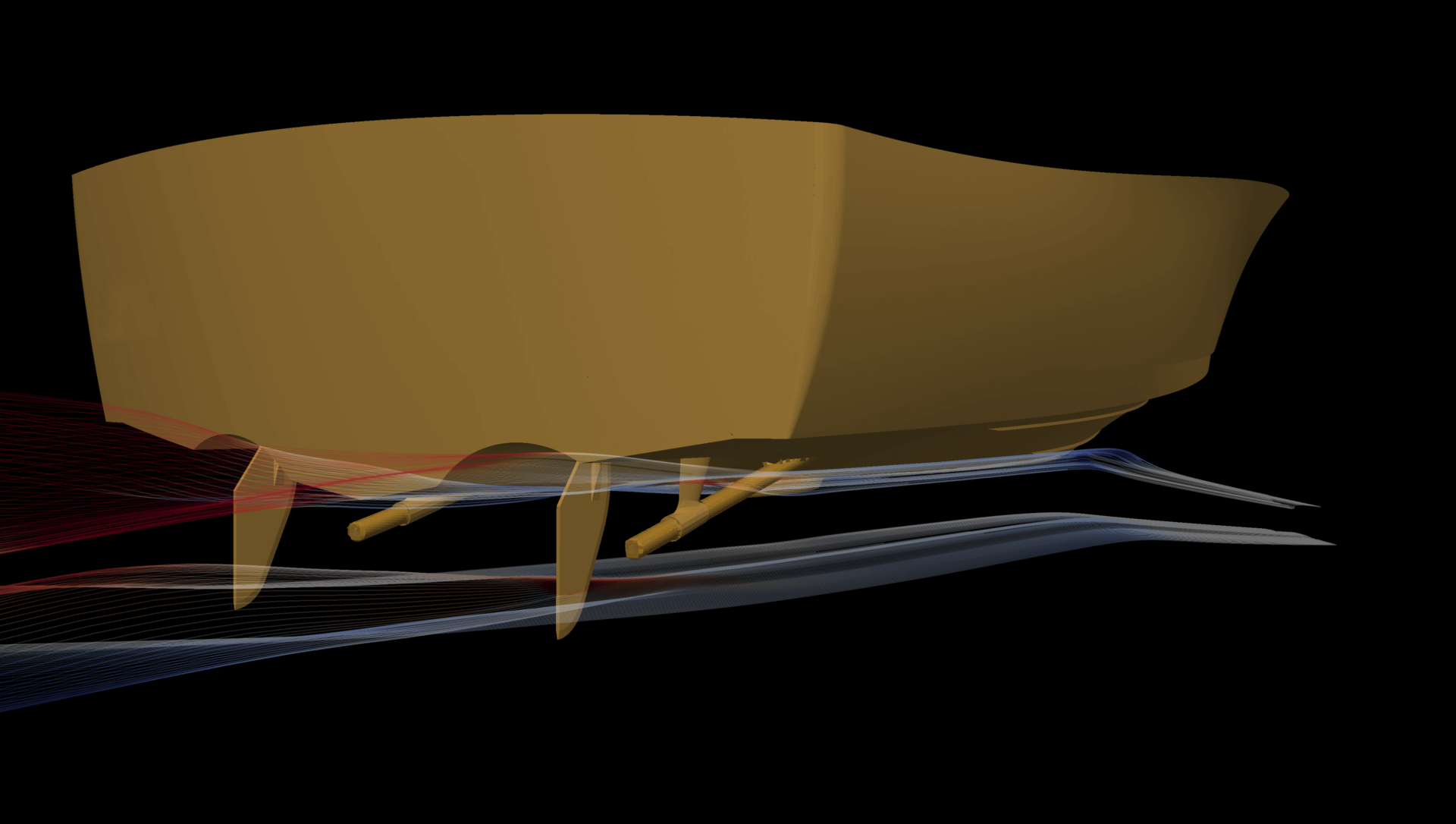The propulsion and sterngear package is a major part of every vessel and can significantly impact performance, fuel efficiency, noise and vibration levels, as well as maintenance and replacement schedules. Over the lifetime of a work boat, for example, these factors can collectively make a seven-figure difference to the total operating costs. So, with seriously big numbers at stake, how do you ensure you’re getting the best available propulsion solution? The answer is to ask the right questions.
It is fair to say propulsion and sterngear systems don’t often get the attention they deserve. They’re rarely top of the list when it comes to specifying a new vessel or choosing a builder but, in recent years, the distance between a leading and trailing propulsion manufacturer has grown dramatically. Today, the difference between a fully CFD-optimised, precision-engineered, CNC-machined system and one built by hand, with little regard for the vessel on to which it is installed, couldn’t be more striking but you’d be surprised how often the latter is the preferred choice – a decision typically based entirely on price.
When you think about it, it seems obvious that your new props and rudders should be designed specifically for the vessel’s actual hull form, using the latest computer-based technology to ensure peak performance in a myriad of conditions. It seems equally obvious that the old ‘experience first’ approach is grossly out of date and should be consigned to the history books. However, the reality is somewhat different. Many so-called propulsion specialists still rely entirely on experience and ‘a good eye’ and use a standard pattern they designed ten years ago. If you think that sounds odd, you’re right, but it is still the way it is done by many.
Equally concerning is the number of boatbuilders who, when faced with a 10% or 15% cost difference, choose cheap every time. To them, it is simply a line item on a spreadsheet. They won’t be the ones sitting on board for the next ten years and, honestly, they just don’t care enough. That’s why it’s up to you, the buyer, to be asking the right questions when it comes to making these decisions. But what are the right questions and the right answers?
Here we list what we hope a buyer would ask when choosing a yard or propulsion partner:
Q Will my propulsion system be designed using CFD and flow predictions for the specific vessel’s hull form and known appendages?
If the answer given is no, you should be concerned and should question what their approach is. If all they talk about is experience and hand-finishing, you should know that you face an increased likelihood of issues with vibration, noise, cavitation and below- expected performance. Each of these issues have the potential to impact your enjoyment on board and incur significant costs to put right. The best way to guard against this is to ensure that your propulsion system is designed using CFD, to Class S specification, specifically for your vessel and using the real hull form.
Q Will my propellers be CNC machined and meet Class S standards for optimum efficiency and vibration-free operation? Or are they hand-finished and manufactured to only Class 1 or Class 2 standard?
Class 1, despite its name, is a lower standard, with the potential to cause issues in both the short and long-term. All CJR Propulsion propellers are built to Class S standards (or higher) and you should accept nothing less.
Q How do you predict cavitation?
Cavitation is the erosion of the surface of the props and rudder. CFD analysis is able to predict and minimise cavitation by understanding the flow of water around the propeller and making adjustments to the design to reduce the pressure pulses that cause the issue. If your propulsion specialist doesn’t do cavitation analysis or it is done purely by experience (guess work), you should rightfully be worried that it may become an issue in the future.
Q What happens if the boat doesn’t perform as I would like/expect?
A professional propulsion specialist should be able to support you through the sea-trial process, including the use of data acquisition tools to gain a detailed understanding of the issues and their causes. They should really care that their product isn’t performing and be keen to put it right.
